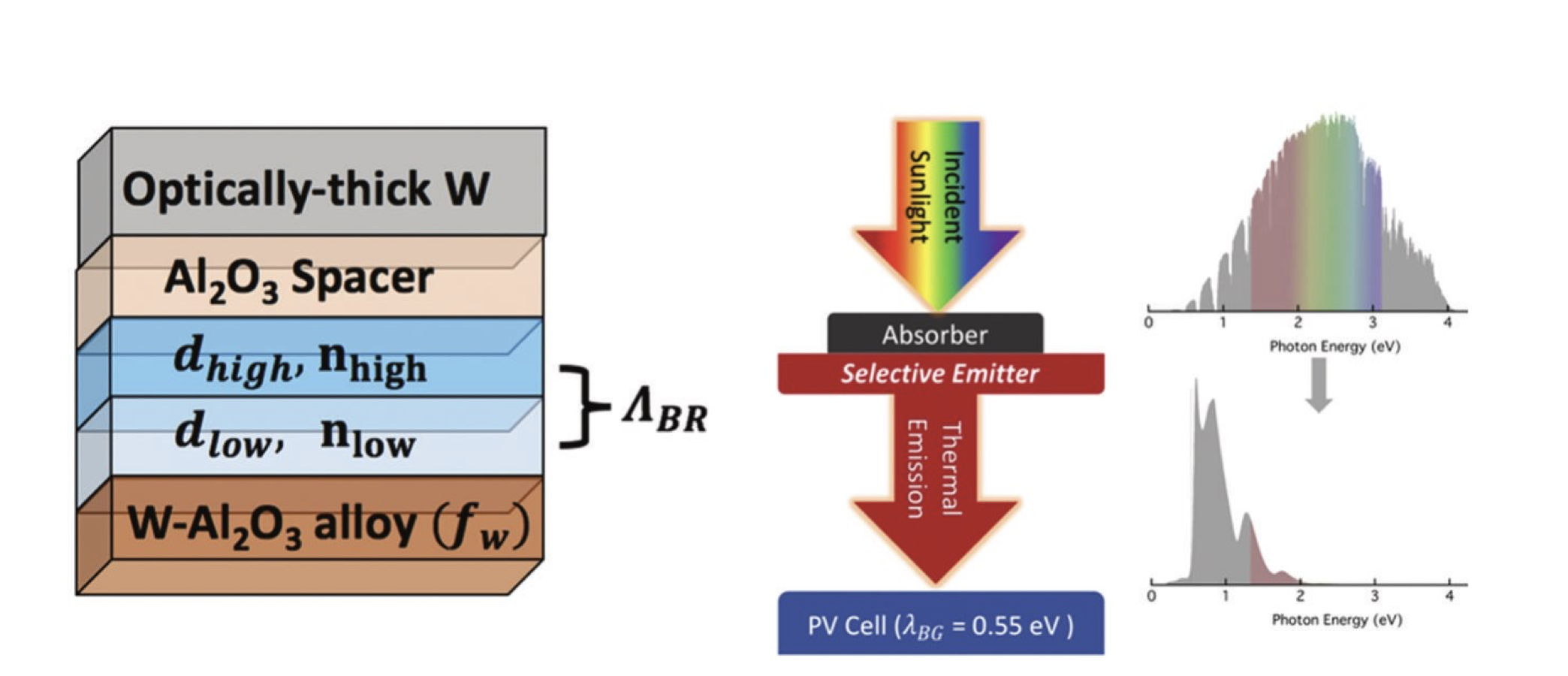Embracing Modern SoftwareDevelopment Best Practices in an Undergraduate Research Setting: A Case Study with the WPTherml SoftwarePackage
Figen Suchanek,JamesVarner,Alyssa Lakatos,Jose Bello,Samar Soufanati,and Jonathan J. Foley IV*
ACS Publications
2022

Designing materials on the nanoscale can have a profound impact on how optical energy flows through those materials, which can in turn dramatically improve the performance ofnanostructuredmaterialsfor energy-related applicationsincluding solar and (solar)thermophotovoltaic energy conversion, radiative cooling, incandescent lighting, among others. Multilayer nanostructures represent an important class of materials with tunable optical and thermal radiative properties that can be leveraged for a wide range of energy applications. We have developed an open-source software package called WPTherml (William Paterson University’s tool for Thermal Energy and Radiation management with Multilayer nanostructures) that couples rigorous electrodynamics computations to thermal radiation equations and aims to provide a powerful computational design engine for multilayer nanostructures for applications where control of optical and/or thermal radiation properties are paramount. This software package also provides opportunities to engage undergraduate students in computational research opportunities that span a fairly large range of technical demand in terms of programming experience. The modern software development best practices we follow in developing and maintaining the WPTherml also provide surprising opportunities for building student-centered pedagogical practices into the research environment. We will describe the development and use of this software tool in a primarily undergraduate research environment and highlight several research projects students have undertaken with this tool.